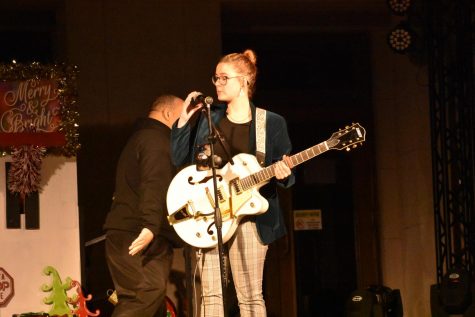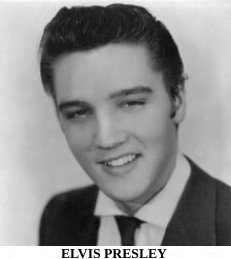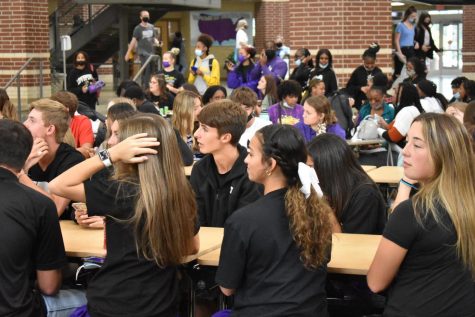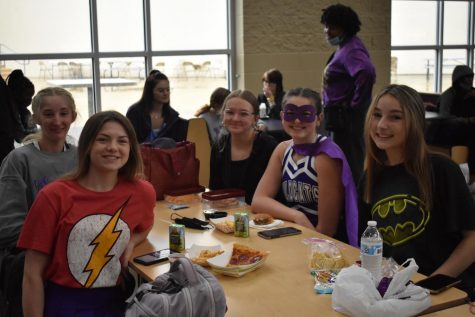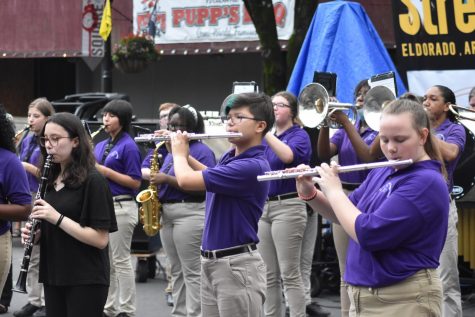Haunting Halloween History
October 9, 2022
Halloween is a beloved and celebrated holiday in America and has been an American tradition for about 180 years. Although people from all backgrounds celebrate the holiday, Halloween has its origins in the ancient Celtic festival of Samhain. In the article, The Origins of Halloween Traditions, Heather Thomas goes into detail on the origins of certain Halloween traditions.
She said, “[Halloween is] a pagan religious celebration to welcome the harvest at the end of summer when people would light bonfires and wear costumes to ward off ghosts.” A popular Halloween tradition is pumpkin carving. Thomas mentioned in her article that the custom originates from Ireland but with turnips instead of pumpkins. “It is allegedly based on a legend about a man named Stingy Jack who repeatedly trapped the Devil and only let him go on the condition that Jack would never go to Hell.
But when Jack died, he learned that Heaven did not want his soul either, so he was forced to wander the Earth as a ghost for eternity. The Devil gave Jack a burning lump of coal in a carved-out turnip to light his way.” Over time this became a custom for locals to carve scary faces into turnips of their own to protect them from evil spirits.
Although Halloween is most popular in the United States, Canada, and the United Kingdom, it has gained traction in many other countries including China, Germany, India, and Brazil. Different cultures celebrate holidays that are similar in theme to Halloween. For example, countries in Latin America and Spain celebrate Día de Los Muertos, which translates to “Day of the Dead,” on the first two days of November. In Halloween Around the World, different traditions similar to Halloween customs from around the world are described.
“ —the Day of the Dead honors deceased loved ones and ancestors.” Día de Los Muertos has comparably more sentimental significance than Halloween does. The Day of the Dead is a time when families light candles and leave gifts at loved ones’ graves. They also set up an ofrenda which is an altar of offerings and pictures of their departed family to connect them to the world of the living.
Yadira Garcia, a Mexican American student at EHS, explained how her family often observes traditional Mexican and Latin American holidays. “Orange petals from marigolds are sprinkled from the departed’s graves to their family’s house to lead them the way home, so the dead can meet their descendants.” Garcia associates family and food with the holiday of Día de Los Muertos. “Something I like about the Día de Los Muertos is the delicious food that we get to eat. For example, I love tamales, gorditas, and conchas,” she said.
In America, Halloween is celebrated by about 65% of its residents, making it the 10th most celebrated holiday in the U.S. In 2021, Americans spent $10.1 billion on Halloween-related merchandise. According to a 2019 study by the Digital Marketing Company, Halloween is 9th in the amount spent by American consumers. A large part of this spending is for items like costumes and decorations.
Halloween costumes in America are heavily influenced by spooky imagery, pop culture, and familiar characters like animals and occupations. In 2021, the top five most popular costumes were a witch, a rabbit, a dinosaur, Spider-Man, and Cruella de Vil due to the popularity of the 2021 Disney movie “Cruella.”
Everyone has different Halloween traditions that their family observes from year to year. From trick-or-treating and dressing up, to bobbing for apples and carving pumpkins, there’s a multitude of fun activities to participate in. Halloween may be a time for the supernatural and trickery, but it is also a time for family and friends to come together and celebrate.

